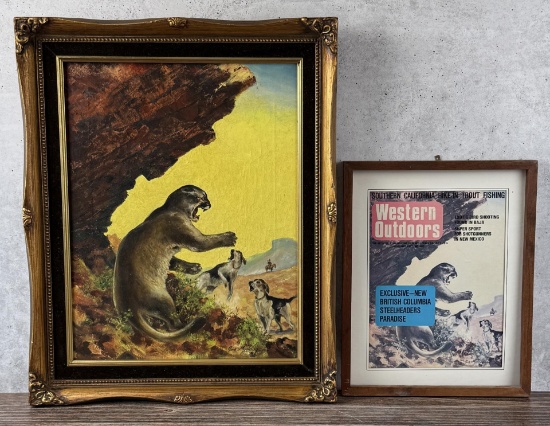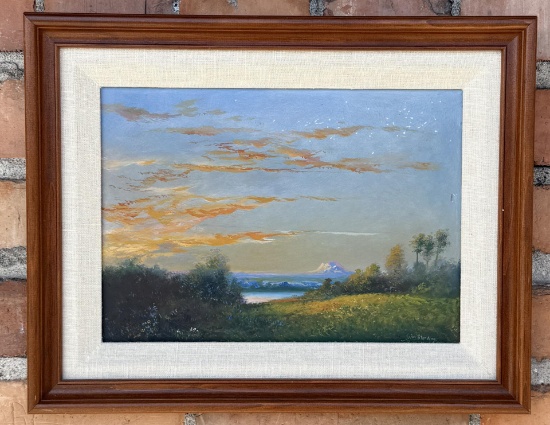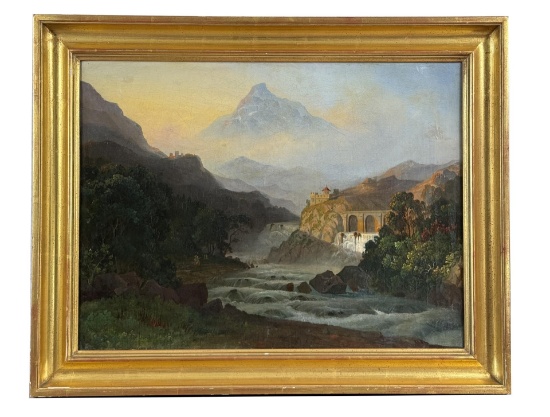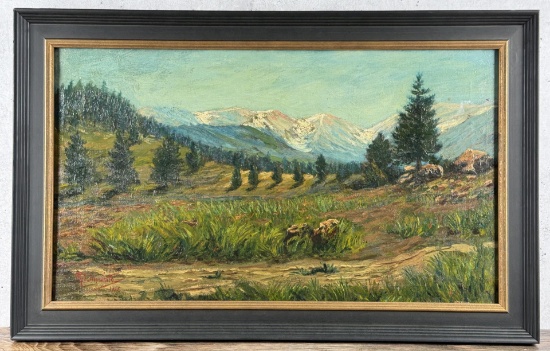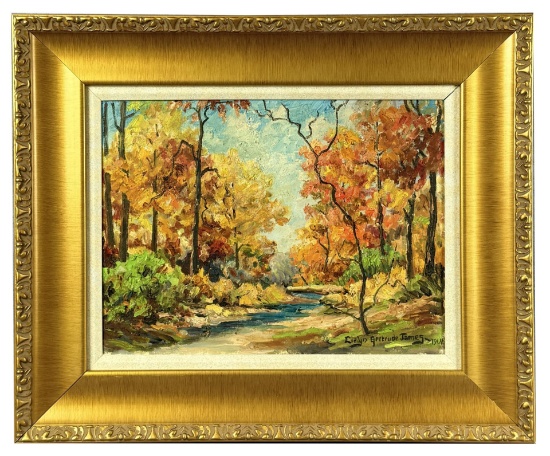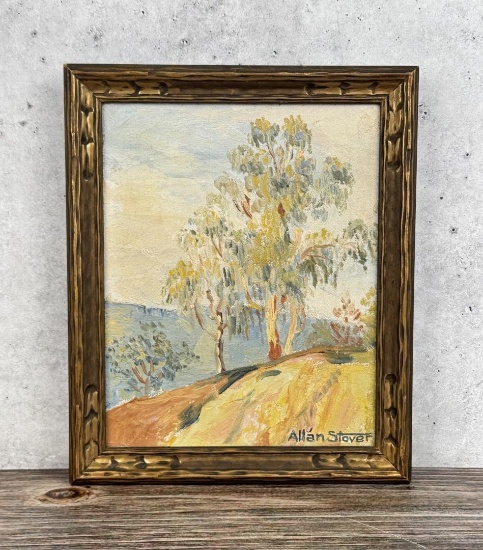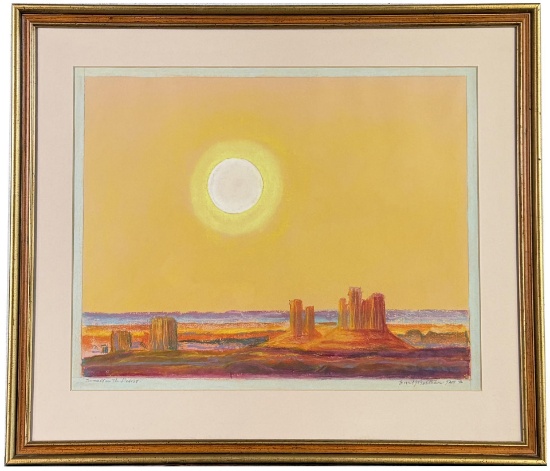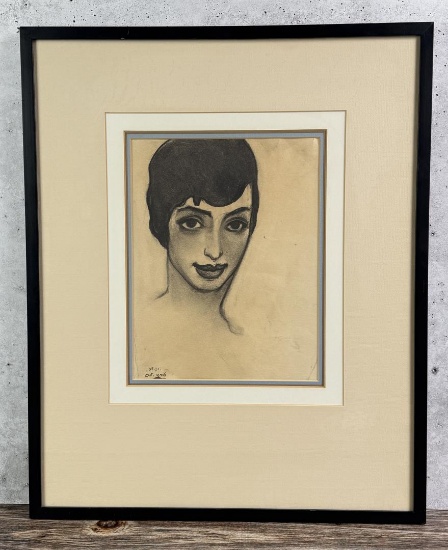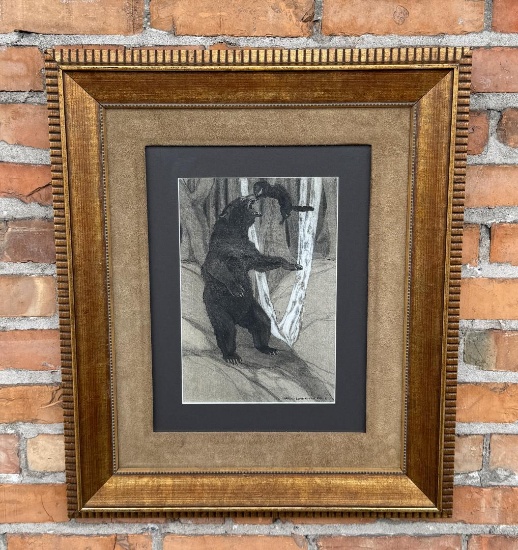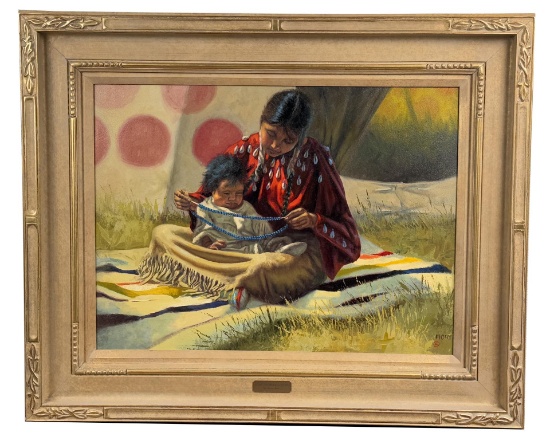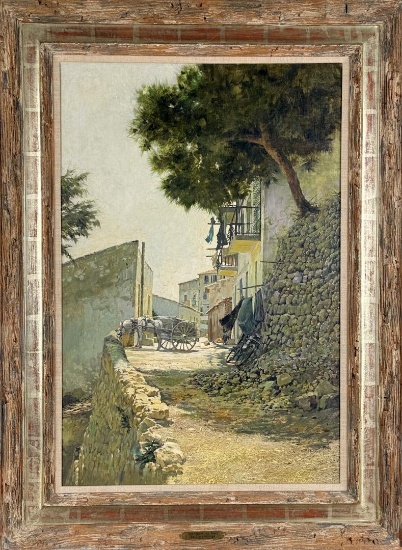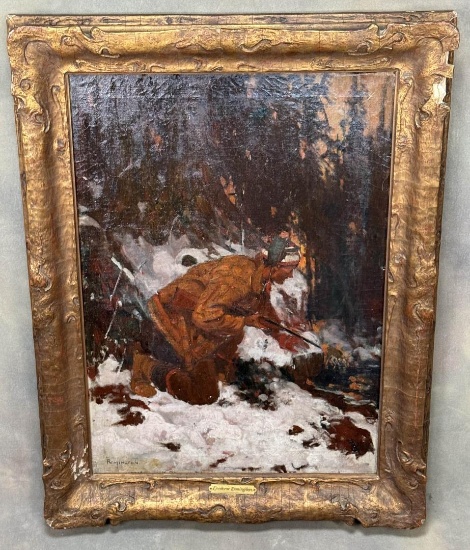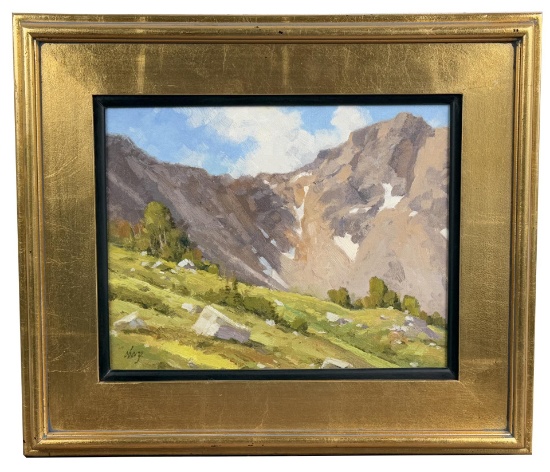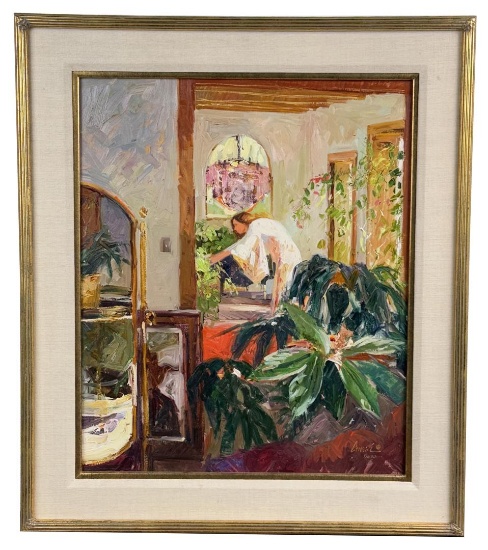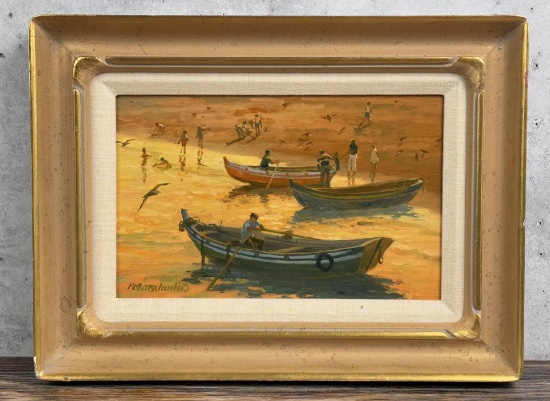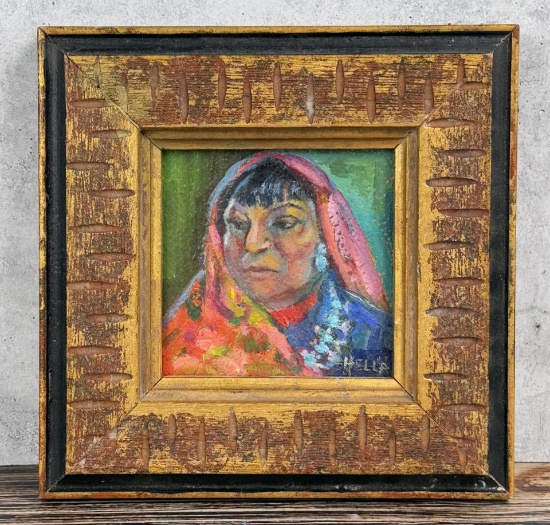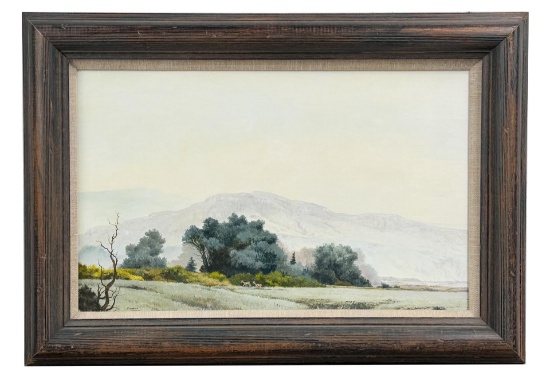Special Terms
Last Updated: January 1st, 2025
Introduction
Davis Brothers Auction LLC (“Davis Brothers”) is an auction company that operates online and on-site auctions and appraisals (the “Services”). These Terms and Conditions (“Terms”) are a binding legal agreement between you and Davis Brothers that govern your use of the Services. By accessing the website davisbrothersauction.com (“Website”) and using the Services, you confirm that you are in agreement with and bound by the terms of service contained in the Terms outlined below and that you will comply with all applicable laws, statutes, ordinances, and regulations regarding your use of the Website and Services. The Terms apply to the entire Website and any email or other type of communication between you and Davis Brothers. In these Terms, “you” refers both to you as an individual and to the entity you represent, if any.
Modifications
Davis Brothers may modify the Services or these Terms at any time. When we make material changes to these Terms, we will post the revised Terms on the Website and update the “Last Updated” date at the top of these Terms. Your continued access to or use of the Site will constitute acceptance of the revised Terms. We also maintain other terms and policies that supplement these Terms, which may be updated from time to time.
Eligibility
The Services are intended solely for persons who are 18 or older. Any use of the Services by anyone that does not meet this age requirement is expressly prohibited.
Auction items are sold “as is” with no returns or exchanges
Auction items are sold on an AS IS BASIS, WHERE IS, and WITH ALL FAULTS. We will make every effort and put forth our due diligence to attempt to properly describe and represent items, however all items are sold on a buyer discretionary basis. Buyers are responsible for satisfying themselves concerning the condition of auction items. All statements and descriptions of items by Davis Brothers are statements of opinion and are not to be relied upon as statements of fact. Davis Brothers is not responsible in any way for errors or omissions in the descriptions of items. Once a lot has been purchased, there are no returns or exchanges of any kind.
DAVIS BROTHERS MAKES NO WARRANTY OR REPRESENTATION WHATSOEVER OF ANY KIND OR NATURE WITH RESPECT TO AUCTION ITEMS, INCLUDING ANY (a) WARRANTY OF MERCHANTABILITY; (b) WARRANTY OF FITNESS FOR A PARTICULAR PURPOSE; OR (c) ACCURACY OF THE CATALOGUE OR OTHER DESCRIPTION OF THE PHYSICAL CONDITION, SIZE, QUALITY, RARITY, IMPORTANCE, MEDIUM, MATERIAL, GENUINENESS, ATTRIBUTION, PROVENANCE, PERIOD, CULTURE, SOURCE, ORIGIN, EXHIBITIONS, LITERATURE, OR HISTORICAL SIGNIFICANCE OF ANY AUCTION ITEM.
Bids
Davis Brothers reserves the right, at its sole discretion, to refuse admission to any auction (whether online or on-site) and to reject any bid, as well as the right to refuse to acknowledge any bidder. The highest bidder acknowledged by the auctioneer will be the buyer of the auction item(s). Bidders cannot revoke or cancel a bid for any reason. As an auctioneer Davis Brothers reserves the right to place a bids on behalf of the seller in consecutive fashion up to a reserve or preset price in sale with or without reserve.
Unless otherwise announced at the time of sale, all bids are per lot as numbered in the catalogue. Davis Brothers reserves the right to reject a bid from any bidder. The highest bid acknowledged by the Auctioneer shall be the purchaser. In the event of any dispute between bidders, the Auctioneer shall have the sole and final discretion either to determine the successful bidder, or to re-offer and re-sell the article in dispute. If the Auctioneer determines that any opening bid is not commensurate with the value of the article offered, they may reject the bid; and if, having acknowledged an opening bid they decide that any advance is not sufficient, they may reject the advance. The Auctioneer reserves the right to acknowledge an auction floor bid before acknowledging an internet and/or phone bid regardless of the maximum bid amount provided by the bidder before and/or during the auction.
Payment
When making a bid, a bidder is accepting personal liability to pay the purchase price. Payment in full is to be expected within 7 business days upon the completion of the catalog sale. If payment is not received, Davis Brothers Auctions reserves the right to cancel or void any unpaid transaction and/or charge storage fees associated with unpaid.
If you are having trouble paying for your items via the corresponding online portals, please feel free to contact us for assistance at: support@davisbrothersauction.com.
All forms of credit card are accepted. Bank wire transfers (required for high value purchases above $5,000), cashier’s checks and postal money orders. By registering for this auction, you give Davis Brothers explicit consent to charge your card on file following the auction for the total amount due plus shipping. You waive your right to contest final sale approval for any of your purchases with Davis Brothers. If your order total is in the excess of $5,000 or is deemed to be high risk, we may require non-credit card payment.
By registering for our auctions, you grant Davis Brothers permission to waive your right to execute any chargebacks against our company for any reason.
ALL SHIPPING IS HANDLED IN HOUSE
All items are packed professionally and insured in house. A shipping cost will be added to your invoice at end of sale. If you have questions about cost of shipping please send us an email at support@davisbrothersauction.com before auction day. Local customers may request to pick up auction items by emailing us at support@davisbrothersauction.com.
Items not removed from our warehouse within 30 days of the auction sale date will be subject to daily storage fees as determined by Davis Brothers Auction.
After auction payment is received in full, please allow up to 30 days for us to process and ship your order. A tracking number will be emailed to you directly once your order has shipped. Please check your spam folder regularly.
Firearms
All firearm sales are shipped in house. We accept FFLs. As of 2025, NO C&R's are accepted. All in person pickups require background checks and appropriate identification.
Severability and non-waiver
In the event any provision of these Terms is held to be void, voidable, or unenforceable, the remaining provisions shall remain in full force and effect. The failure of Davis Brothers to enforce any provision of these Terms shall not be construed to be a waiver of such provision, or any other provision, nor in any way to affect the validity of these Terms or any part of these Terms, or any right of Davis Brothers to enforce that provision or each and every other provision at any time. No waiver of any breach of these Terms shall constitute or be deemed a waiver of any other breach. Except as expressly set forth in these Terms, the exercise by either party of any of its remedies under these Terms will be without prejudice to its other remedies under these Terms or otherwise permitted under law.
Force majeure
Davis Brothers shall not be liable for any delay or failure to perform resulting from causes outside its reasonable control, including, but not limited to, acts of God, natural disasters, war, terrorism, riots, embargoes, acts of civil or military authorities, fire, floods, accidents, pandemics, epidemics or disease, strikes or shortages of transportation facilities, fuel, energy, labor, or materials.
Indemnification
You agree to release, defend, indemnify, and hold Davis Brothers and its subsidiaries, officers, directors, employees, and agents, harmless from and against any claims, liabilities, damages, losses, and expenses, including, without limitation, reasonable legal and accounting fees, arising out of or in any way connected with: (i) your access to or use of the Services; and (ii) your violation of these Terms. Such indemnification includes but is not limited to any injuries, losses, or damages (compensatory, direct, incidental, consequential, or otherwise) arising in connection with or as a result of your use of the Services. This indemnification provision is a fundamental element of the basis of the bargain between Davis Brothers and you. It shall apply to the extent permitted by applicable law, and any aspects of it that are deemed unenforceable shall be severed while leaving the remainder in effect.
Governing law and venue
These Terms will be interpreted in accordance with the laws of the State of Montana and the United States of America, without regard to conflict of law provisions. Judicial proceedings must be brought in state or federal court in Missoula County, Montana.
Entire agreement
These Terms constitute the entire agreement between you and Davis Brothers regarding your use of the Website and use of the Services and supersedes all prior and contemporaneous written or oral agreements between you and Davis Brothers.
Additional terms
Davis Brothers Auction is not responsible for how third-parties, including HiBid, Invaluable, LiveAuctioneers, ProxiBid, AuctionZip, iCollector, AskArt, BidSquare, Mailchimp, ShipStation and others use and share your information. Please refer to the privacy policies of those third-parties to understand how they use and share your information.
You authorize Davis Brothers to have access to your online bidding platform account information, specifically your contact and payment information, and you agree and authorize Davis Brothers to use such information to carry out the Services. You also authorize Davis Brothers to send you promotional emails. If you would like to opt-out of receiving promotional emails, please email us at support@davisbrothersauction.com.
No ammunition sales outside of the continental United States.
No ammunition sales to persons under the age of 21.
Contact us
Please contact us if you have any questions regarding these Terms.
Via Email: support@davisbrothersauction.com
Via this link: www.davisbrothersauction.com/contact
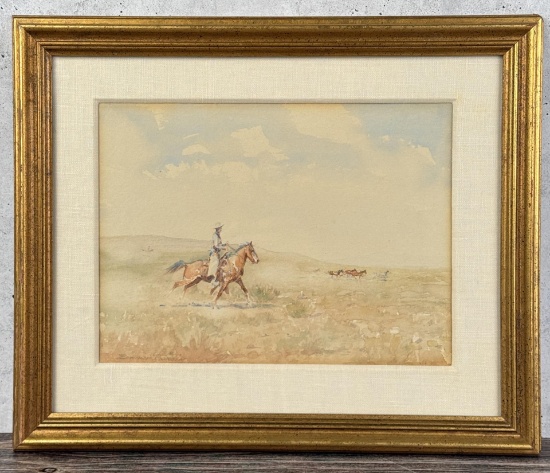


 x Cancel
x Cancel
